Gardening with Raynaud’s syndrome: a condition that affects circulation in fingers and toes2/29/2020 The other night, I hurt my hand mildly before improv practice and arrived late. I told my team about it as I took off my mitten. They screamed when they saw my hand. “Yeah,” I thought in satisfaction, “I have a legitimate injury.” I took off my other mitten and they screamed again. Both my hands were bright red and purple. “I have bad circulation,” I muttered. I guess I don’t get glory points for an injury after all. Raynaud’s prevents proper blood circulation in fingers and toes, and I pretend I don’t have it. My mother has it, and her fingers can turn pure white in the winter. Mine has gotten worse as I’ve gotten older. My toes can turn white if I don’t protect them properly, but I mostly see the effects in my hands. When they get cold, they turn a dark purple, almost dead-looking, which heals to a swollen red that lasts for weeks. If my hands get intensely cold, even for a minute, I get chilblains, an affliction of Victorian orphans. My knuckles or fingertips turn bright red and swell to twice their size, and get itchy when they’re hot and painful when they’re cold. (It’s a cool party trick to hold up pinkie so swollen that it looks like the other one belongs to a baby. Except when the people at the party actually care about you they get worried.) Out of 25 people who work at Natureworks, FOUR have Raynaud’s. That is more than I’ve ever met in my life. One works in the office, and one was smart enough to become a houseplant expert, but a landscape crew leader and I work outside a lot. I genuinely do not know how Lisa, the landscaper, survives out there. But I will share with you the things that have worked for me.
As you can possibly tell, I am writing to also remind myself to do these things, since they are easy to forget. Once summer rolls around, this will not be a problem and I can be outside like a normal person—but still wearing gardening gloves. Everyone should wear gloves when gardening. There’s an infinite number of things your could accidentally touch out there, and some of them you don’t want on your skin.
Raynaud’s is no joke (talking to myself again, here). It can lead to arthritis in joints that are constantly too cold. Stay safe out there!
0 Comments
It was 50 degrees today, and I saw two bees buzz by my face—one was a bumble bee and one was a smaller one, but not a honeybee. I had just put up a mason bee house (picture one). It’s for our native bees who lay their eggs in tubes. You place it 5 ft from the ground facing East and hopefully some bees make their home with you. It helps to provide nectar flowers for them. Picture two is a birdbath for insects as well. It has atheneum steps for bugs to drink without drowning! Behind it is a recycling bin I use to grow vegetables. I’m noticing its bulging sides—the soil seems to have frozen and I hope it doesn’t crack! Picture three is the sugar water I ran inside to make when I saw the two bees. I just mixed some sugar into hot water and added some cold water to temper it. I certainly have no nectar flowers blooming, so this is the next best thing I can offer. The only thing I can think of that is blooming now is the spring-blooming witch hazel. Hamamelis...something. Not virginiana, because that’s our native one that blooms in November (great for late pollinators). The spring blooming one is not native, but might be worth including in your yard for these early insects. It can grow into a small tree but will stay a large shrub if you cut it often. In other news, something has made its home under our shed, and another something dug tunnels in our compost pile. The last thing that made a home under our shed was promptly eaten by a fox. I saw the fox walk away chewing something. Unfortunately, two foxes have been killed in the road near us.
And a bird excreted a favor for me on the impromptu birdbath I made. (The bowl of it was frozen to the ground—whoops.) I genuinely think there are more birds visiting our yard this year. Last year I remember lamenting that no birds stopped, save for the pair that nests in the spruce out front each year. I’ve seen five kinds of birds in the yard in the past two days!
-the big fat grey and white bird -little grey and white winter birds (at least four at once ruffling through the leaves and dead plants) -a woodpecker -a mourning dove -a hawk Why am I so excited about birds? They signal the health of an ecosystem, since they’re relatively far up the food chain. More birds means more diversity below them on the food chain (insect and plant) and a more resilient ecosystem. A big fat grey and white bird with a long tail just landed in my yard! He was checking out my froze birdbath, which I should pour some warm water into, so he can have a drink.
I’ve been lamenting the barren wasteland that no birds come to, so it’s delightful to see one. Of course the cat got out a few minutes later. So far the only casualty has been a chipmunk, but even that is too much. When wildlife returns to the yard, I am going to have to keep the cats inside all the time. No short jaunts in the great outdoors. Growing cat grass and playing with them regularly should help. I've lain awake the last few nights listening to the wind howl. It howled a lot in the fall as well. I went out to determine the direction and found that it was whipping from the South and Southwest, right through the front yard. Willy Weather confirmed it. They have a great feature that tracks current wind speed and direction, and they have records for the past few months. Seems like the wind generally blows anywhere from Northwest to West to South in our yard, with the strongest wind coming from the West. Why does wind matter to a garden? It warps trees or places undue stress on them, and can inhibit all plant growth. Livestock exposed to strong wind are about 1/3 lighter than sheltered livestock because they use so much energy to stay up! It’s our front yard that catches wind the hardest; it’s on a busy street, which acts as a wind tunnel. I thought it was protected enough by the surrounding houses and trees, but I was wrong. So I redesigned the gardens. (I honestly don’t know why some streets create faster than others. It probably has something to do with building height. Our old house was amongst tall city buildings and the gusts were huge. If you’re wondering whether you need to redesign your food forest to include wind protection, listen to the wind at night, or go out in a wind event to see what the wind is doing in your little yard.) My new design includes a windbreak hedge, which creates a warm and calm microclimate within. I was somewhat dismayed when I realized that I had to include a windbreak; I wanted my garden on display, and I wanted to fit the maximum number of trees in the front yard. But a hedge provides other benefits, such as nesting locations for birds and a sensical way to include shrubs I wanted but didn’t include in the original design. To choose the shrubs to include, I went to Martin Crawford’s handy dandy book. Not great options. I wanted my hedge to be entirely native plants (Read the book Bringing Nature Home to find out why) and Crawford has no problem with planting plants from other continents. Some ground rules for windbreaks:
So, I decided on:
|
Categories
All
Archives
August 2021
|
Proudly powered by Weebly
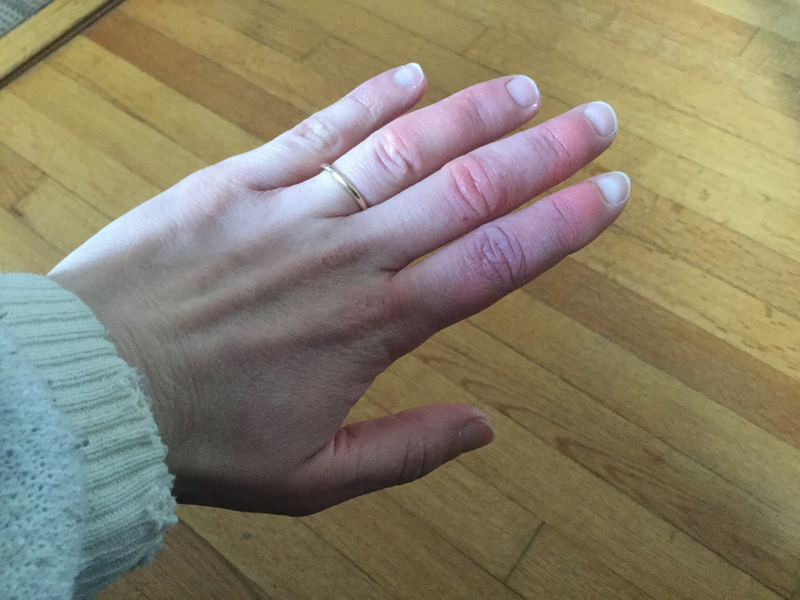
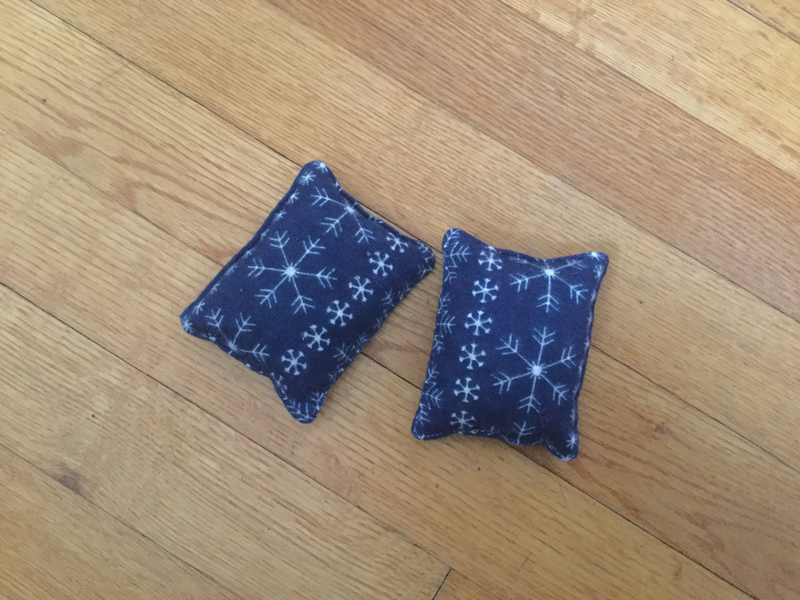
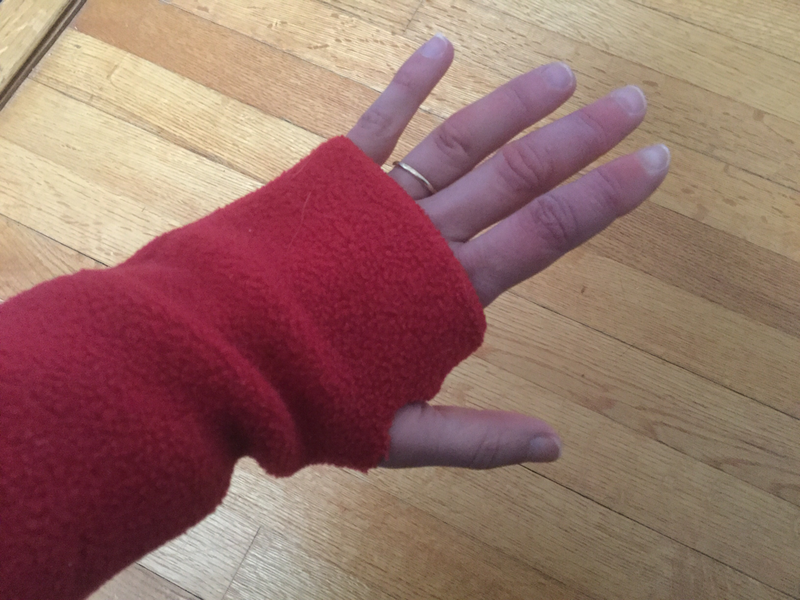
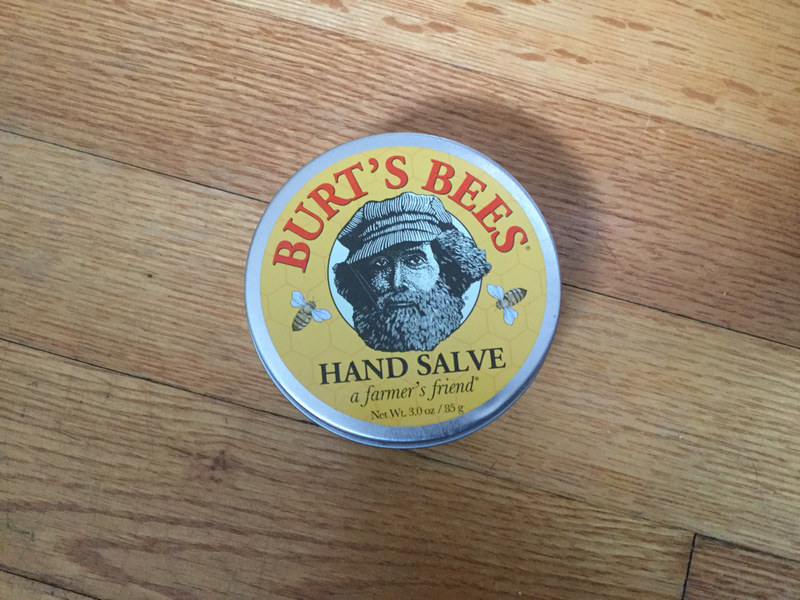
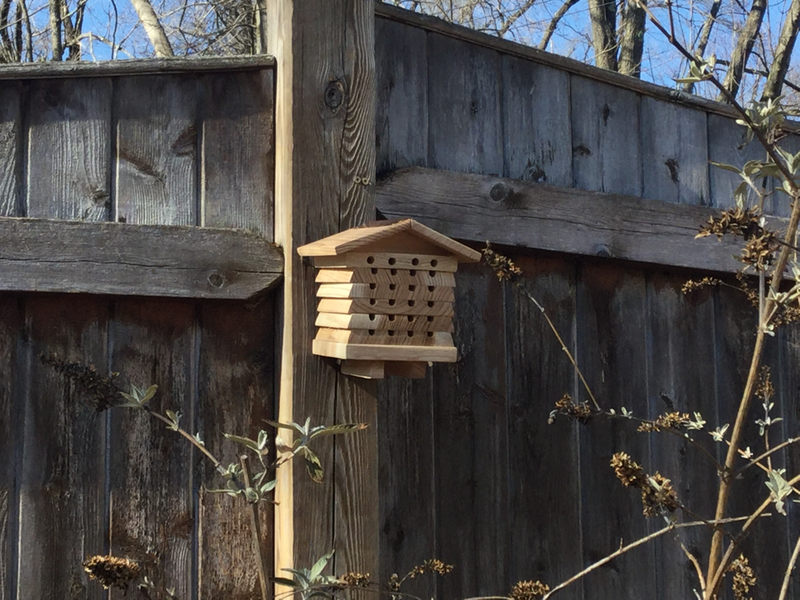
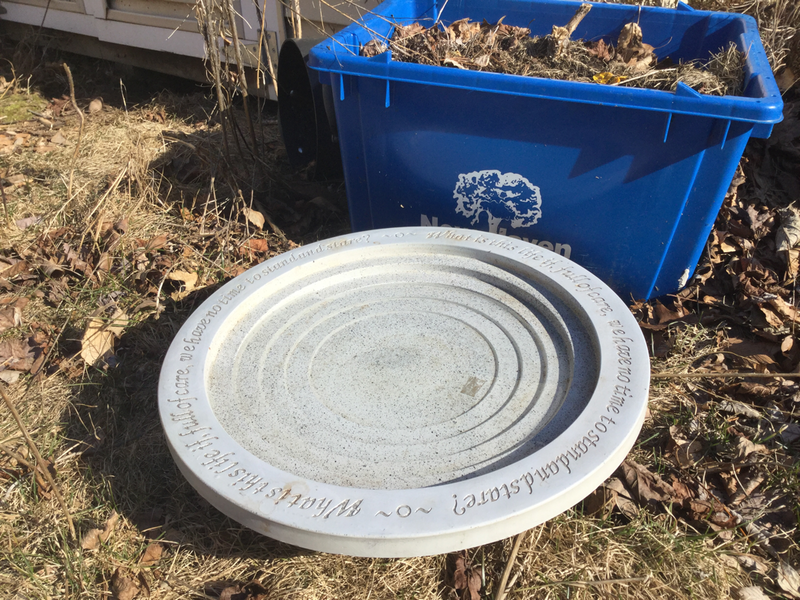
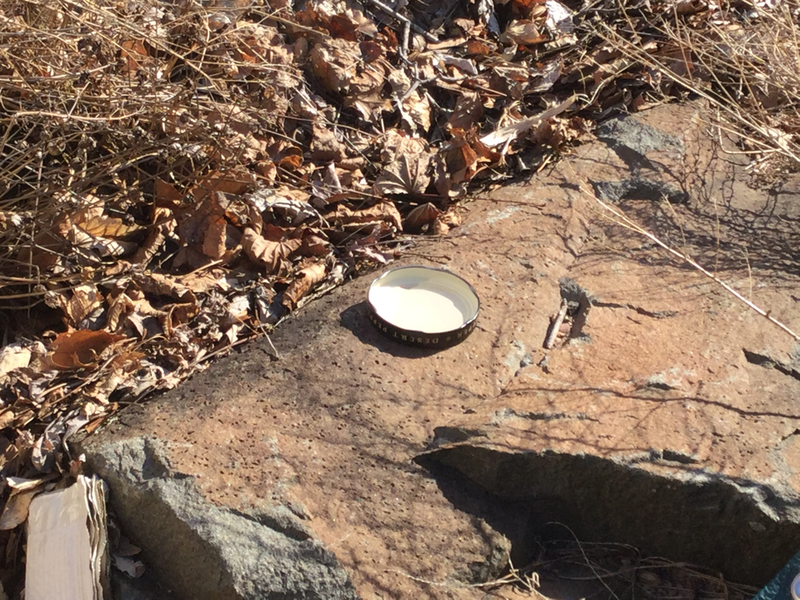
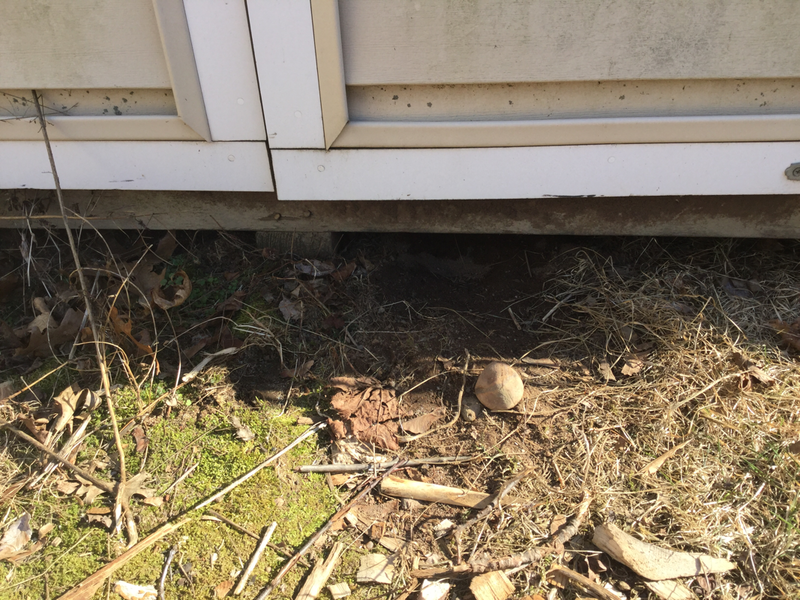
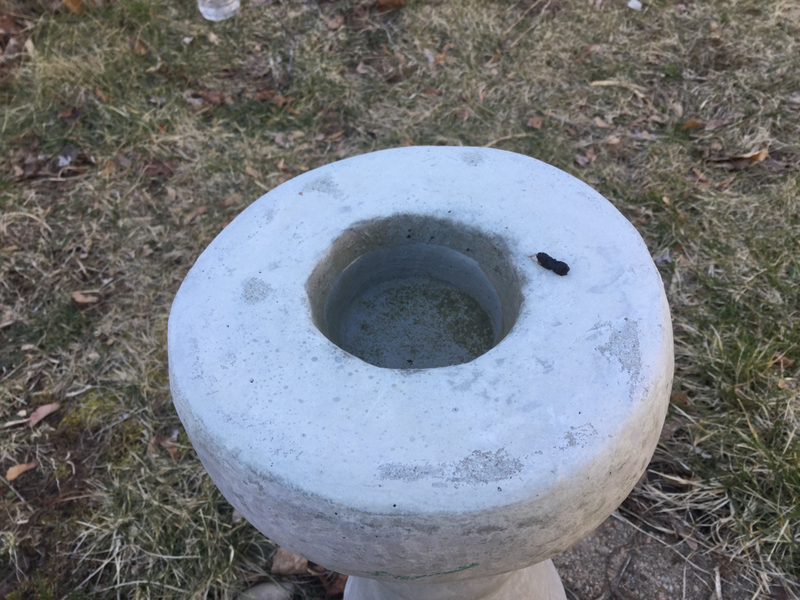
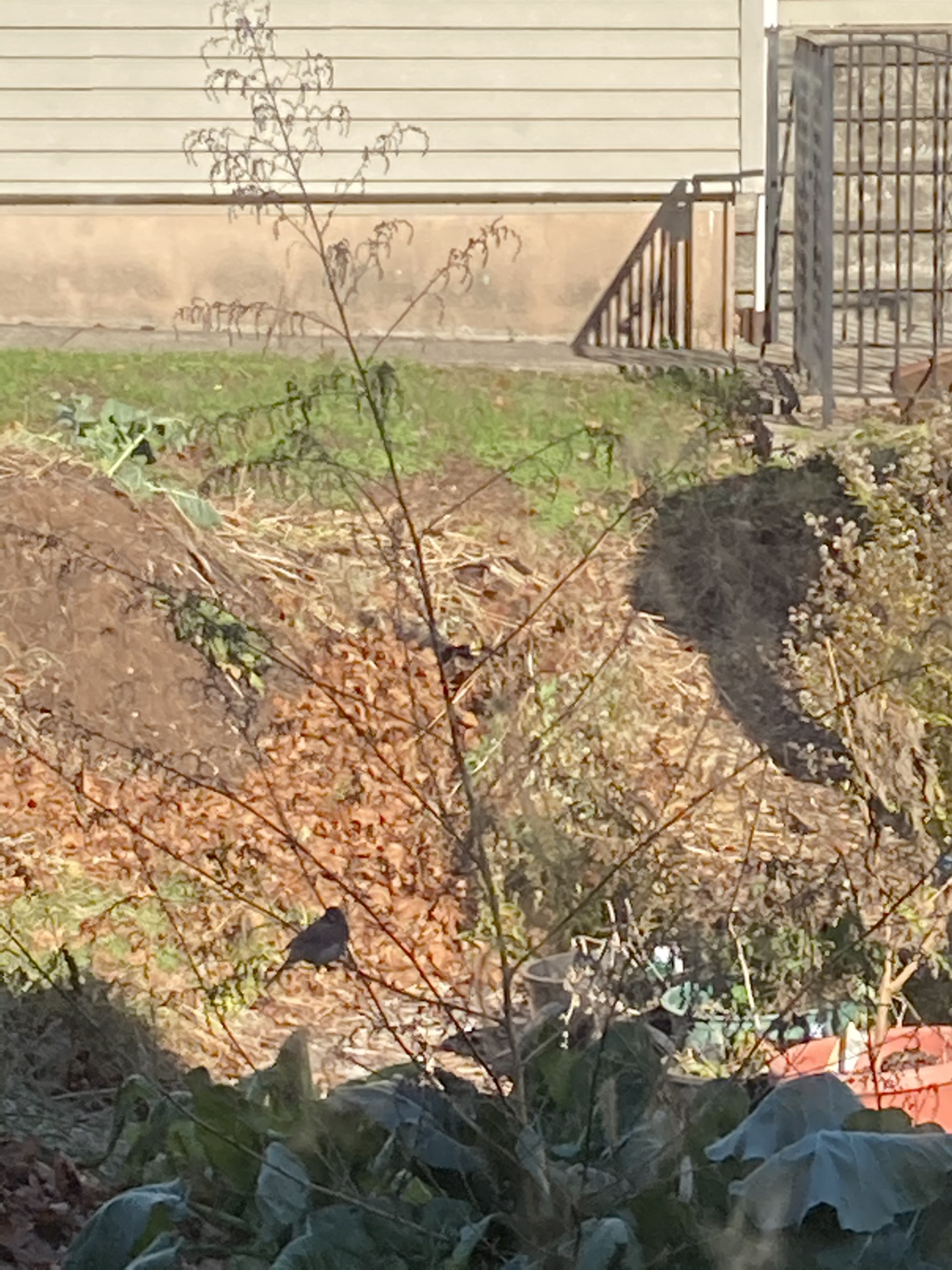
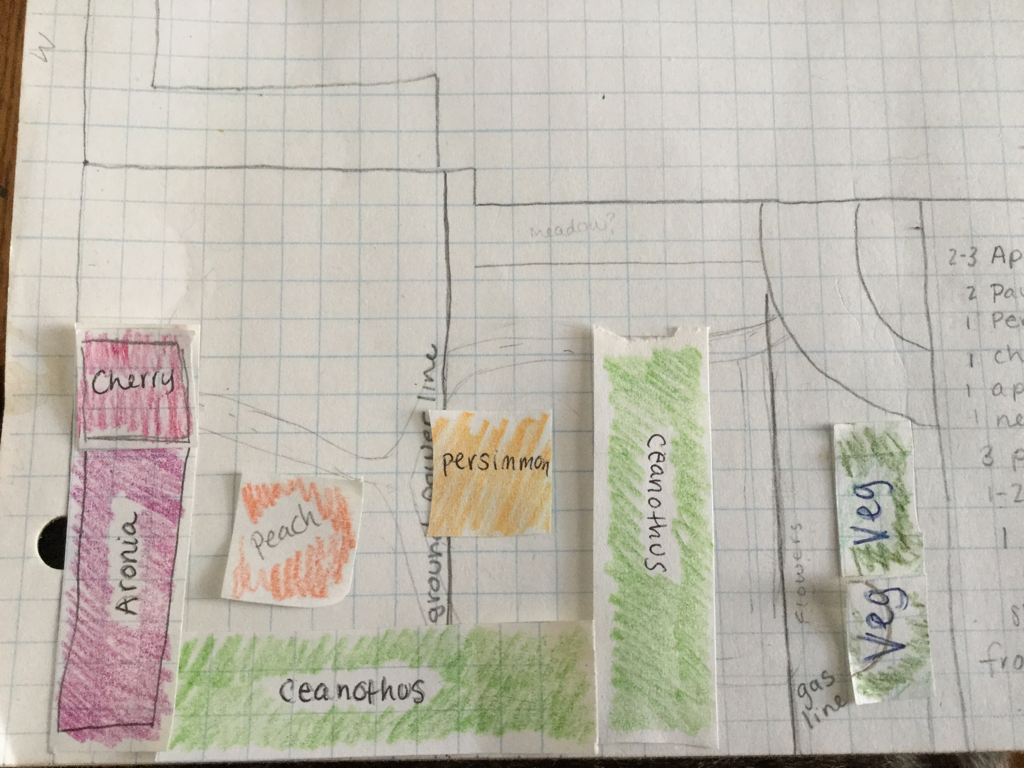
 RSS Feed
RSS Feed